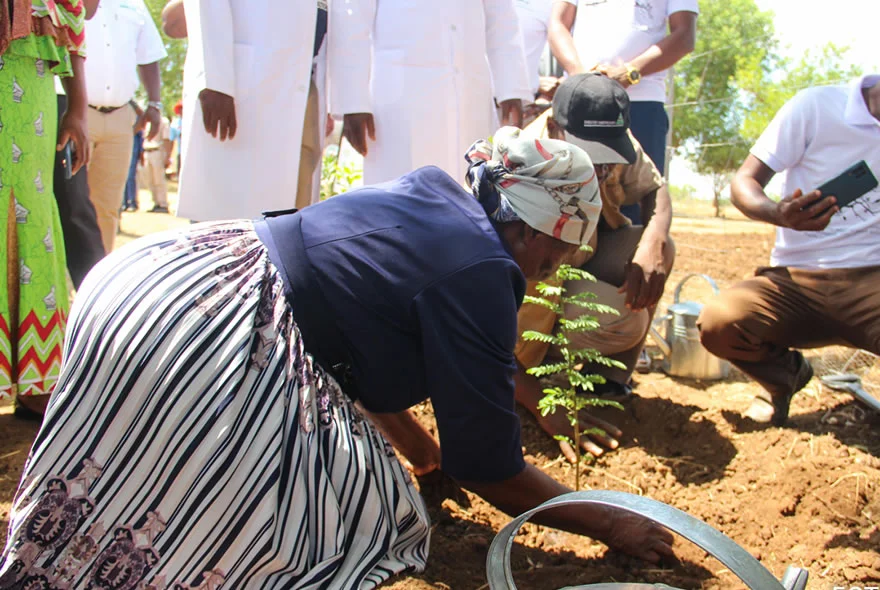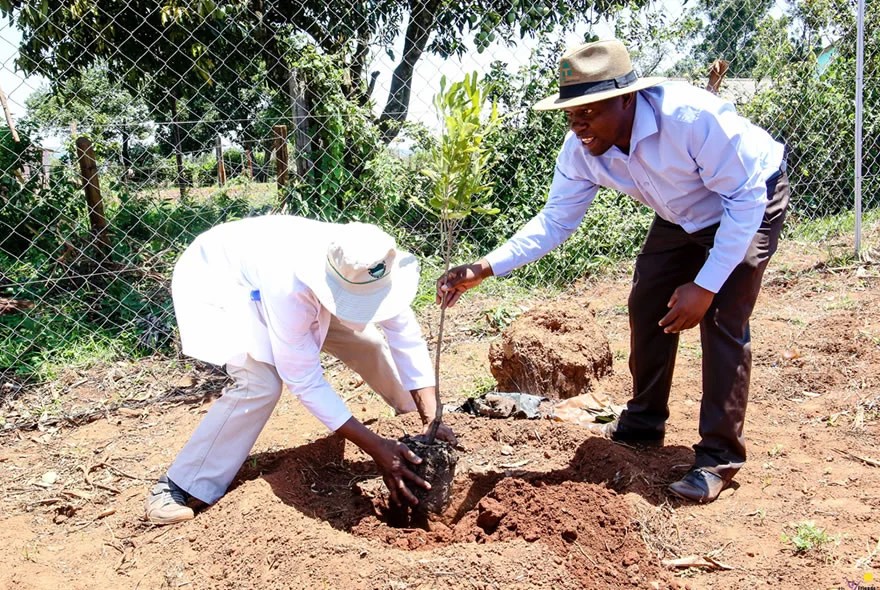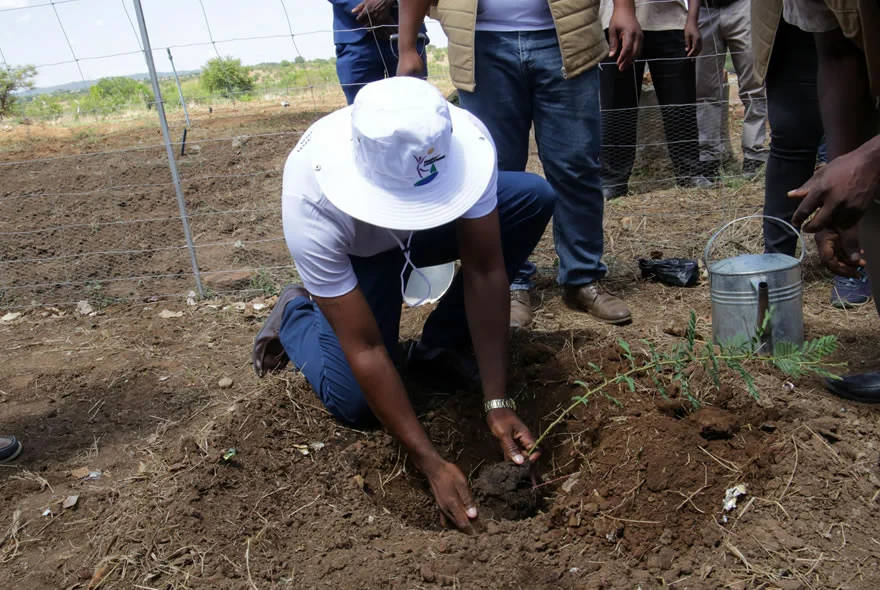Zimbabwe is blessed with a rich diversity of indigenous tree species that have adapted over centuries to the country's unique climate, soil, and ecosystems. These native trees are more than just greenery — they are a vital part of Zimbabwe's natural heritage, offering profound ecological, economic, and cultural value. With growing environmental concerns such as deforestation, climate change, and biodiversity loss, planting indigenous trees has become one of the most effective and sustainable solutions to protect our land, support wildlife, and empower communities.
Why Indigenous Trees Are Important
Unlike exotic trees that can disrupt local ecosystems, indigenous trees are naturally suited to Zimbabwe's environment. They require less water, are resistant to local pests, and support native wildlife. Their deep root systems help improve soil structure, reduce erosion, and retain water — making them perfect for both rural and urban planting initiatives. Beyond their ecological value, many indigenous trees also serve economic and cultural roles. Some produce fruit, timber, or herbal medicines that communities rely on for food, income, and traditional health care. Planting and protecting these trees can help preserve cultural knowledge, while promoting environmental resilience.
Top Indigenous Trees Worth Planting
If you're planning to plant trees in your community, school, or private land, consider these highly beneficial native species:
Baobab (Adansonia digitata): Known as the "tree of life," the baobab provides edible fruit, medicinal leaves, and bark for rope. It also supports birds, bees, and bats, making it a biodiversity hotspot.
Marula (Sclerocarya birrea): This drought-resistant tree offers vitamin-rich fruits used in juices and cosmetics. It also supports local economies and provides habitat for animals.
Mopane (Colophospermum mopane): Common in drier regions, mopane trees are important for wildlife, particularly elephants. Their wood is strong and termite-resistant, used for furniture and firewood.
Mukamba (Afzelia quanzensis): Also called African mahogany, it produces valuable timber and helps with soil stabilization. It's an excellent choice for reforestation in degraded areas.
Muzhanje (Uapaca kirkiana): Known for its sweet fruit, this tree also improves soil fertility and supports pollinators, making it ideal for agroforestry.
The Broader Impact
Planting indigenous trees is not just about environmental benefits — it's about building resilient communities and ensuring a greener future. These trees:
Help fight climate change by capturing carbon
Improve air and water quality
Support local economies through sustainable harvesting
Provide natural shade and reduce urban heat
Everyone Has a Role to Play
Whether you're a student, a farmer, a business, or a local council, you can make a difference. Tree planting drives, school-based greening projects, and community reforestation initiatives all contribute to long-term environmental change. It starts with a single tree — but when communities come together, the impact is multiplied.
Ready to Get Involved?
At Friends of the Environment, we encourage everyone to take part in protecting Zimbabwe's natural ecosystems. Whether you need help choosing the right indigenous species, or you're looking to join a community planting event, we're here to support you. Visit our contact page or follow our blog for more updates on tree planting tips, environmental education, and community success stories.
Together, we can grow a future where both nature and people thrive — one indigenous tree at a time.
Related Posts
A Greener Zimbabwe Through Collaboration In a world facing mounting environmental challenges, tree planting in Zimbabwe is emerging as
Imagine a single tree, standing tall in the heart of a bustling community. Its roots extend deep into the
In the heart of Southern Africa, Zimbabwe stands as a testament to resilience and transformation. Once plagued by deforestation



